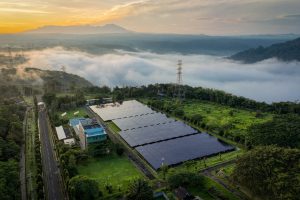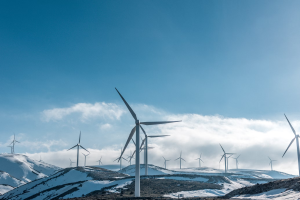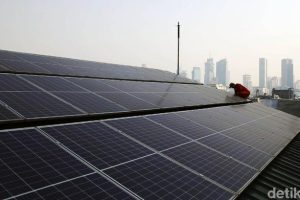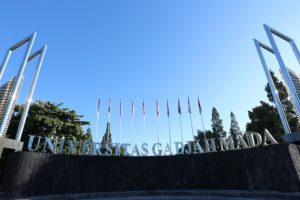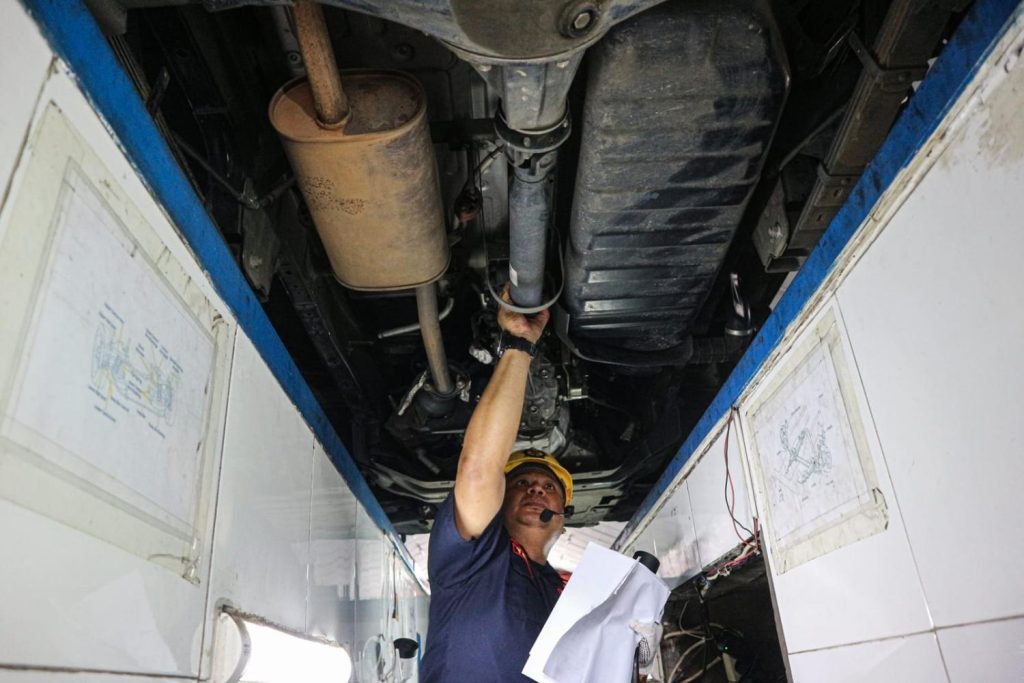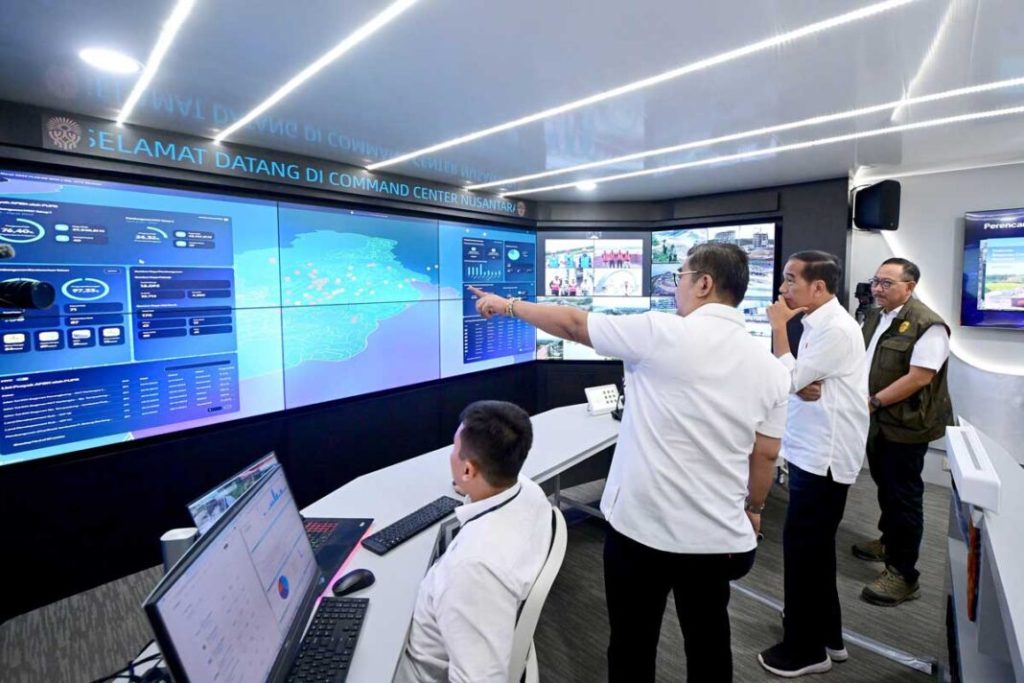Nuclear power has been stated as the final “resort” of Indonesia’s energy sources. Nevertheless, Indonesia should bring up this energy to diversify the national energy mix and strengthen energy security.
The latest report from the World Energy Council (WEC) explains that Indonesia has enhanced its energy mix diversification. However, the reliance on fossil fuels is still dominant.
This situation seems counterproductive with the National Energy Master Plan. According to the plan, new and renewable energy (NRE) sources are targeted to meet at least 23% of the total energy mix by 2025 and at least 31% in 2050. Meanwhile, NRE sources only take less than 12% of the total energy mix by 2020. Therefore, massive efforts should be made to complete the plan’s objectives, and promoting nuclear power may lead to the answer needed.
Nuclear and its Baneful Reputation
Nuclear power, a giant in a small room, offers its capability to produce an enormous electricity supply for the nation. Besides, nuclear power has been used for various purposes, including industry, medical, and plantation. On the other hand, its presence still runs a long-running controversy among stakeholders, academicians, and the public.
The tagline of “not in my backyard” (NIMBY) indicates the low social acceptance of nuclear power as a potential energy source, especially in developing countries. Indonesia’s position in the ring of fire regions and multiple accidents in Japan, the USA, and Ukraine have increased the public’s anxiety and amplified nuclear power rejection. That is why nuclear power is put as the last option in Indonesia’s energy mix.
Furthermore, the progressive drop in renewables power generation costs seems to affirm the dark cloud above nuclear power development. International Renewable Energy Agency (IRENA) reports electricity costs from renewables have fallen sharply over the past decade, driven by improving technologies, economies of scale, increasingly competitive supply chains, and growing developer experience. In 2019, for example, 72% of additional electricity worldwide was generated from renewable sources.
If this condition continues in the future, then the competition between renewables and fossil fuels power generation will be even fiercer and has the potential to play down the opportunity for nuclear power to be implemented in Indonesia.
All eyes on nuclear power
As a developing country, Indonesia is undoubtedly considering various energy sources to meet the national demand and strengthen its energy security. This situation is crucial to support its economic growth and sustainable development.
According to the Indonesia energy council, the electricity demand in 2025 will grow 11% to 12% and 6% to 7% in 2050. The energy demand until 2050 will be dominated by households, followed by industry and commercial sectors. These projections should be addressed by promoting more sustainable and clean energy sources. However, relying on renewables solely as a baseload in Indonesia is unfavorable considering its intermittency and geographical barriers. Thus, nuclear power should be encouraged as a baseload, clean, and sustainable energy source.
Although multiple nuclear accidents have occurred, it does not reduce global interests in presenting nuclear power in their country. The United Arab Emirates, one of the giant oil producers, already commits to building four nuclear reactors, which will supply 25% of its electricity. Other countries, such as Turkey, Bangladesh, and Saudi Arabia, are also committed to developing their nuclear power projects.
In the USA, where nuclear power represents 20% of total annual electricity generation, two of “the world’s most advanced” commercial reactors are being constructed in Waynesboro, Georgia. These projects are projected to prevent 10 million metric tons of carbon dioxide emissions annually and generate 800 permanent jobs.
The future in nuclear power shows signs of auspicious with small and medium reactors (SMRs). SMRs are gaining popularity internationally as a potential viable nuclear option to contribute to mitigating climate change. SMRs also show economically viable through modularization technology, shorter construction time, and advanced safety assessments. With the development of nuclear technology, nuclear projects’ economics will be even more attractive in the future.
The Resolution
Nuclear power should no longer be “left-behind” as a prominent energy source in Indonesia. Some SMR designs (microreactors) can even replace diesel generators, for example, in small islands or remote communities. This condition is suitable for archipelago countries like Indonesia. Therefore, the collaboration between governments, international partners, and academicians are essential in actualizing commercial nuclear power.
Indonesia’s government can follow Joe Biden’s steps by encouraging clear energy as a national effort and considering reviving nuclear power. First, Indonesia requires a political decision to enable nuclear power development. The decision should predicate safety management issues and secure the uranium sources, domestically and internationally. Several Indonesia regions indicate uranium availability, but it requires a comprehensive assessment to identify its total resources.
Then, Indonesia should invite the International Atomic Energy Agency (IAEA) to design a nuclear power road map. Also, Indonesia may request technical assistance from the leading countries in nuclear development, such as Japan and the USA. Finally, Indonesia needs to enact supporting policies that include fiscal and non-fiscal incentives.
Indonesian academicians can also accelerate the program by enhancing their research by highlighting technology, economic, and safety assessments. They can also promote nuclear power by creating eye-catching and easy-to-digest messages to enrich public understanding. In the end, public acceptance will play a key role in presenting nuclear power in Indonesia.
Disclaimer: This opinion piece is the author(s) own and does not necessarily represent opinions of the Purnomo Yusgiantoro Center (PYC).
This opinion has been published on moderndiplomacy.eu
Check the original article by clicking on this text.
